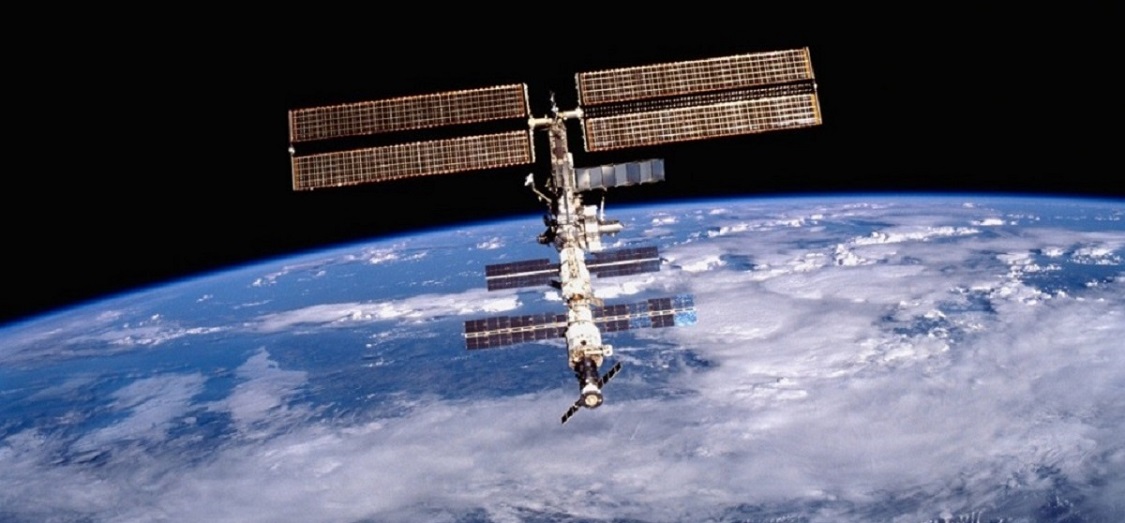Aging International Space Station (ISS) still a beacon of global co-operation
August 23, 2018
What are the brightest objects in the sky? Most people will have no trouble naming the first two: the sun and moon.
Not everyone is aware that the third brightest object is man-made.
Orbiting the earth at a speed of 17,150 miles an hour, the International Space Station can easily be viewed with the naked eye, if you know when and where to look. Without binoculars or a telescope, it resembles a fast-moving star. Since the ISS does not generate light of its own, it is typically visible at dawn or at dusk, when the sky is still dim and the station is reflecting sunlight. Sign up for NASA’s Spot the Station program and the space agency will e-mail you notifications of upcoming sighting opportunities.
If you’re a ham radio operator, the ISS offers additional excitement. With only modest equipment – in some conditions, a pair of inexpensive handheld transceivers will work – hams can communicate with each other via the ISS, beaming their signals into the station’s onboard repeaters. Occasionally, crew members themselves will operate the radios on board and make contacts (QSOs) with amateur radio operators on earth.
More frequently, the ISS arranges regularly scheduled radio contacts with schools, science centers, and youth organizations.
Launched in 1998, the ISS is the product of international collaboration, with five space agencies -- NASA, Roscosmos, JAXA, ESA, and CSA – contributing equipment, personnel, and funds. The ninth space station to host crews, it succeeded the earlier Skylab mission, as well as the Soviet-launched Mir, Almaz, and Salyut space stations.
“The ISS does work from large to small. It launches CubeSats for universities, yet also it has the highest level of requirements as a man-rated space program, and it’s always been built as an international collaboration, with no one country ‘owning it’. I’d call it one of the 7 Wonders of the Modern World,” says Dr. Alex “Sandy” Antunes, a professor at Capitol Technology University.
Dr. Antunes teaches in Capitol’s astronautical engineering program, which trains aspiring space systems engineers to command satellite missions. Capitol has served as a backup control center for several past NASA missions, and currently houses the Space Flight Operations Center (SFOTC), where students receive real-time practice with virtual satellites, using simulation software designed by the Hammers Company.
“Our students study orbital mechanics for multi-stage journeys, as well as how to establish the orbit for a LEO (Low Earth Orbit) station. Current thinking is, to get to the moon, you could use a space station to break the trip into hops, use the ISS or a station like it as a docking point. I like to think it’ll be a Capitol student that helps develop the first space port, another that does the programming for the trip, and one of our business majors being the entrepreneur selling the first tickets.”
Appreciation of the ISS is strong at Capitol. One of the university labs even has an “ISS Above” light, which glows when the space station is passing over the campus.
If you haven’t had the chance to thrill to an ISS sighting, now is the time to do so. With the station nearing the end of its mission, the sky’s third brightest object is set to dim a decade from now. The space agencies are mulling how best to decommission it – with engineers hoping to avoid the public relations fiasco that accompanied Skylab’s fiery re-entry, in 1979.
Global co-operation was needed to put the ISS into orbit; it will also be needed in order to manage the end of mission. Bringing the ISS down safely – or, as some have proposed, blasting it into higher orbit, with 100 years added to its lifespan as a result – could prove the most challenging test yet.



